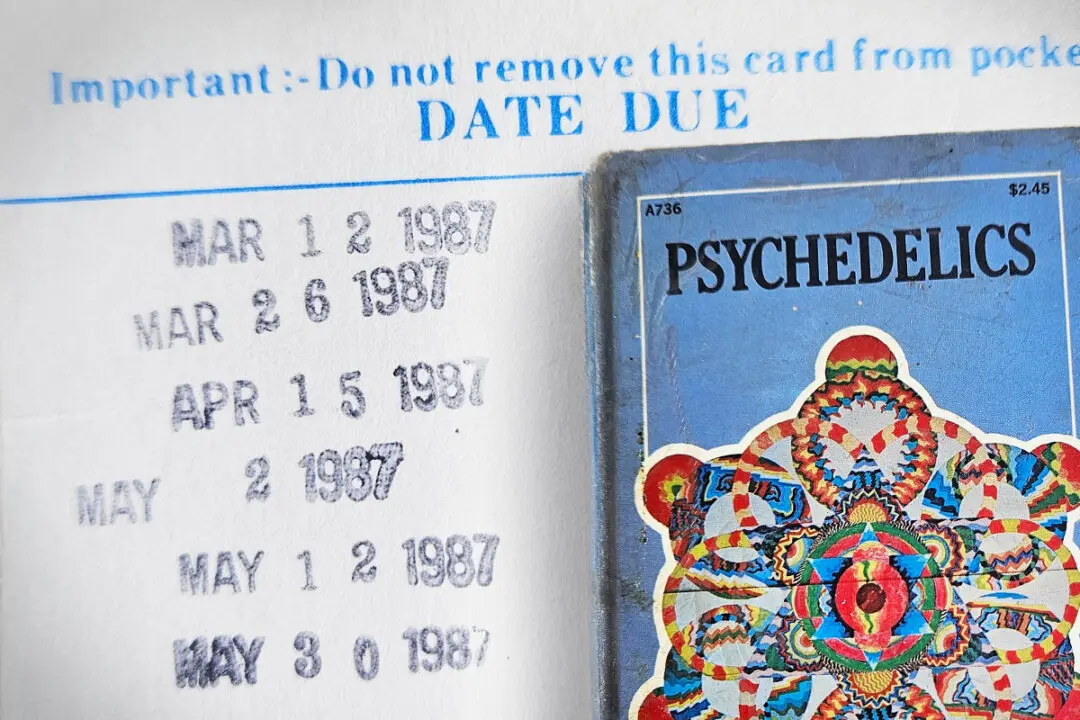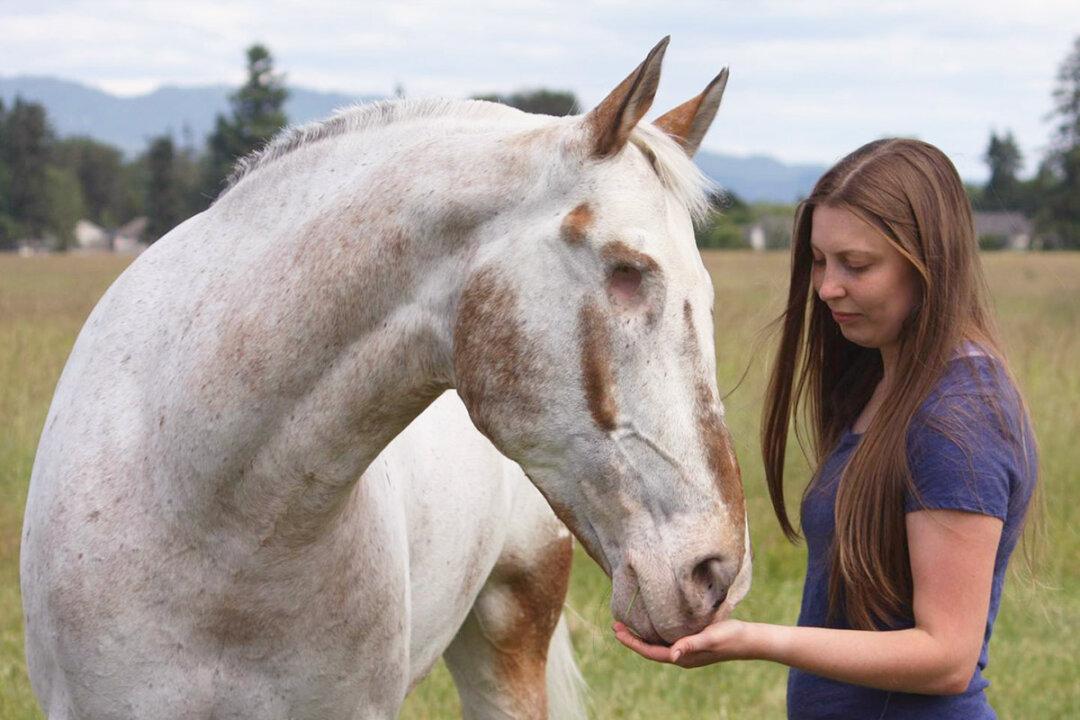A Tanzanian cattle farmer with four wives and 30 children has banked $3.3 million after selling two huge tanzanite gemstones to the country’s mining ministry. The farmer will invest in a school and a shopping mall but insists that his lifestyle will not change as a result of the unexpected fortune.
The farmer’s artisanal mining operation unearthed the extremely rare violet-blue gemstones in one of the Merelani tanzanite mines in northern Tanzania’s Manyara region. The mines have been protected by a wall since April 2018 to restrict illegal mining and cross-border smuggling of the coveted mineral.

The government handed the farmer a check for 7.74 billion Tanzanian shillings (US$3.3 million) during a trading event in Manyara on June 24. Laizer was photographed handing over the tanzanite stones, each rough gem as long as his forearm, with both likely to be housed in Tanzania’s National Museum.
President John Magufuli telephoned to congratulate Laizer live on Tanzanian TV, telling minerals minister Doto Biteko that the extraordinary find was “confirmation that Tanzania is rich.”

Laizer pledged to use some of his company’s fortune to build a school and a shopping mall for his community in Manyara’s Simanjiro District but insisted that his own lifestyle—farming a herd of 2,000 cattle—would not change.
Laizer also earmarked 10 percent of the money to be distributed among his workers.

He was not present when the record-breaking gemstones were dug out.

“He has logistics experts, engineers, geologists who help him in the planning of the operations,” Kiria Laizer, a manager, explained. “He doesn’t himself go to the pit to dig. He has a number of tried laborers who … do the mining.”
“It’s tough of course, working in this dusty area,” he continued. “We inhale a lot of dust and get sick, but we haven’t lost the determination to work. We feel grateful that our boss has finally got these stones.”
We would love to hear your stories! You can share them with us at [email protected]





